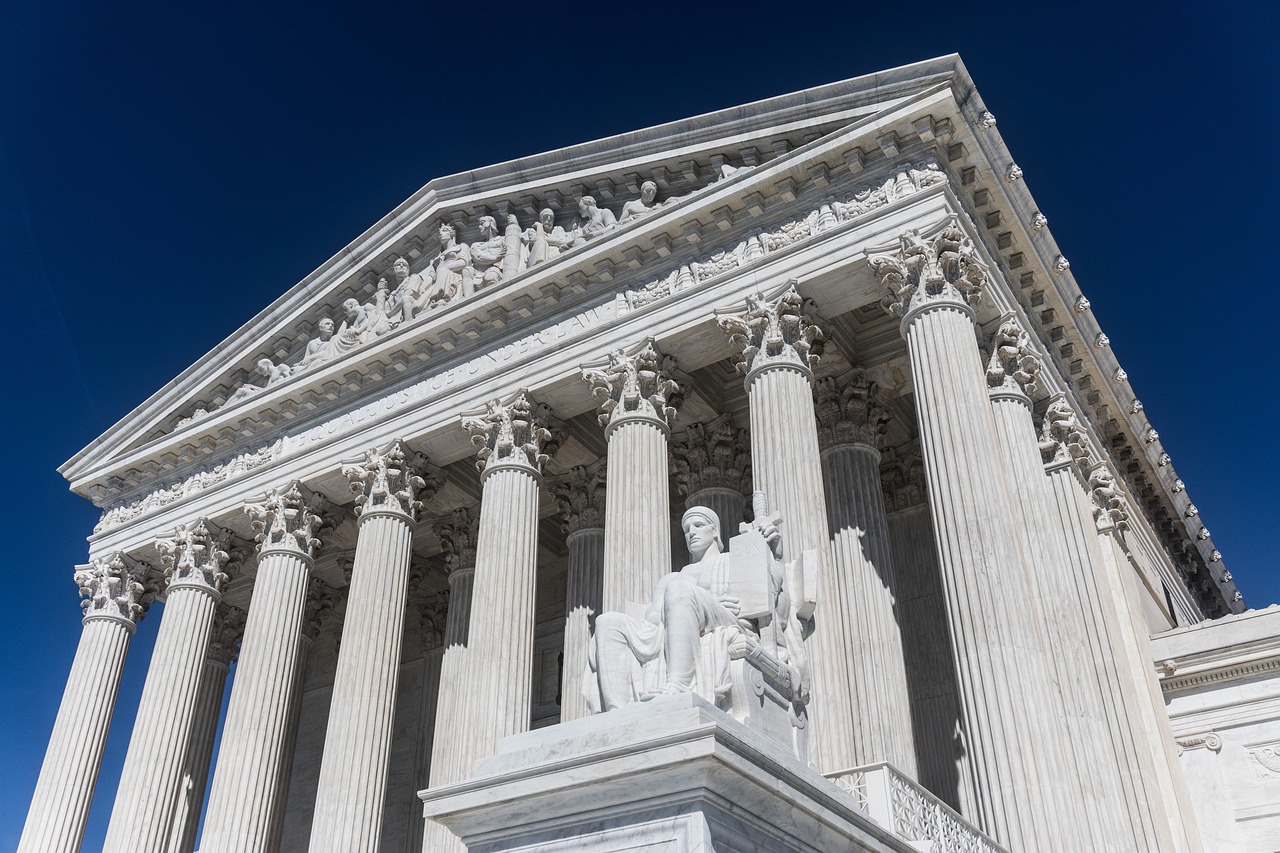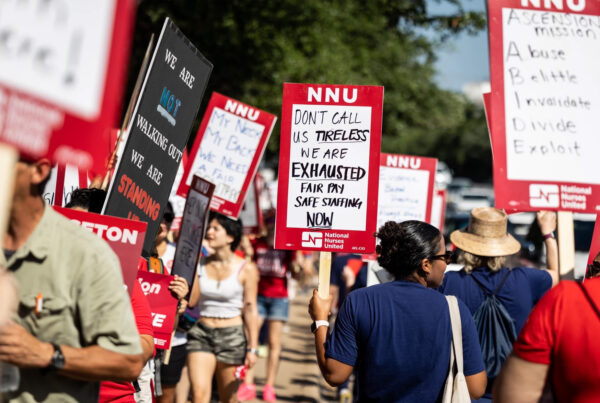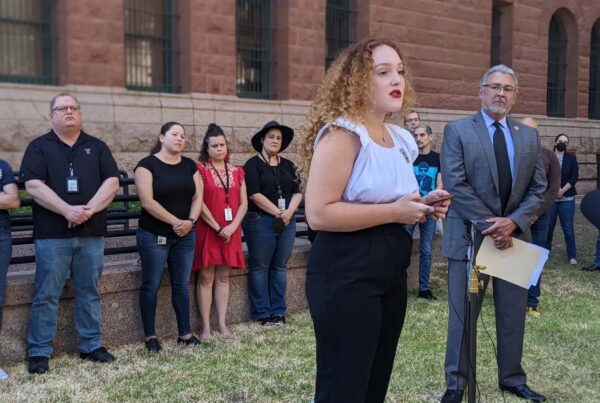The U.S. Supreme Court issued a 6-3 decision Tuesday rejecting the “independent state legislature theory,” which held that state legislatures have almost unlimited power to decide the rules for federal elections without interference from state courts.
The case, Moore vs. Harper, centered around Republican lawmakers in North Carolina who wanted to resurrect a congressional map that the state Supreme Court struck down as unconstitutional for violating free speech, free assembly and equal protection provisions of the state constitution.
Erin Busby, clinical professor and co-director of the Supreme Court Clinic at the University of Texas School of Law, joined Texas Standard to help explain the ruling. Listen to the interview above or read the transcript below.
This transcript has been edited lightly for clarity:
Texas Standard: Let’s talk about the specifics of this case. What was the Supreme Court deciding here in a narrow sense?
Erin Busby: So the Supreme Court, in a narrow sense, was ruling on this specific North Carolina Supreme Court case. And it does not have much actual effect because the North Carolina Supreme Court actually changed its mind on whether partisan gerrymandering violated the North Carolina state constitution. So it was not going to order the use of the new expert-drawn maps that were at issue in this case at all.
But more broadly, it rejected this independent state legislature theory, saying that basically state legislatures are are created by state constitutions, and therefore, they are also bound by the way the state constitution says that they work, including things like judicial review by state supreme courts.
So is that theory dead in the water, or do you expect conservatives to keep pursuing it in other cases?
This theory is pretty dead, I think, reading this opinion. Six justices joined the majority opinion. But the dissenting opinion dissents in part on a jurisdictional question on whether the court should have been hearing the case at all. And so three justices joined that part of the dissent. Only two justices, Justice Thomas and Justice Gorsuch, joined the second part of the dissent that would have accepted some part of the independent state legislature theory. So, you know, never say never. But this is a pretty strong statement that the Supreme Court is not buying that theory.
So just to be clear, the court signaled that they’re rejecting the theory on the whole in this decision – or is this decision based specifically on this particular case as it was laid out?
No. Now, the court leaves open a little bit of room for addressing cases where a state Supreme Court goes really off the rails and violates some other constitutional provision, like the Equal Protection Clause. For that it cites back to Bush vs. Gore, which is kind of unusual in itself. Most people refer to Bush vs. Gore as a, you know, this right only ticket sort of opinion.
But they say, look, no, there may be cases where things have gone so haywire in the state courts that there is a different federal violation rather than this claimed independent state legislature violation. So they do leave that door open, but they don’t really leave a door open for saying that you weren’t letting the legislature do its job here, which was the argument in this case.













